Inside the Pack: How to Open a Graded Card Slab
Lots of people get cards graded. However, there are any number of reasons you may want to “ungrade” a card — that is, crack it out of the plastic encasement, or slab. Maybe you only collect raw, ungraded cards. Perhaps you plan to get the card regraded. You may have run across a cut-rate no-name grading company. It’s also possible you simply disagree with the grade, and you think the card looks better without the weight of a low grade attached to it. Whatever the reason is, the good news is that the whole process takes about a minute and is super easy to do.
I got this card at a show recently. I collect Sandy Koufax cards, but I like them ungraded.
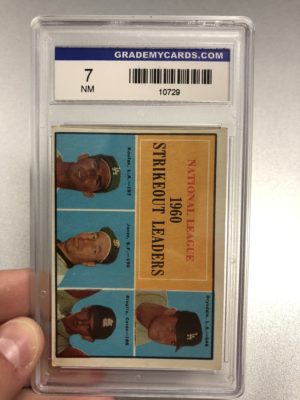
I don’t know (nor do I care to know) what GradeMyCards is. This card is definitely not a 7, with its centering and large crease. I just want this thing out of its case. So, I got my handy “ungrading” tools, pliers and a flathead screwdriver.
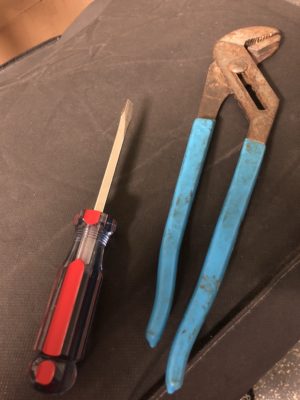
There is an important caveat before I continue and tell you how to crack open your own slabs. There is a possibility of small pieces of plastic shrapnel flying from the case. In all instances, I turn my head away during the cracking process to be safe, or I wear safety goggles. I also use a small box when I’m doing this. The box will collect all the pieces in the bottom, making cleanup easy. Plus, any small pieces that may fly to the sides will hit the inside of the box, leaving me with only one direction — up — to fear the tiny plastic pellets. In all my times cracking cases, I’ve never been hit or hurt by one, but that could be because I take extra safety precautions!
I also do the whole process in my garage. It lowers the risk of my dog eating a piece of plastic, and of my wife getting mad that I’m doing this inside the house.
With your box set up, place the pliers on one of the top corners of the case.
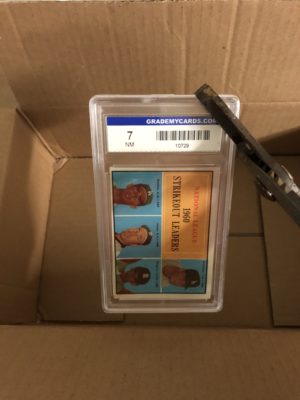
It’s very important to use a top corner. First of all, the bottom corners are too close to the card and could cause damage. Second, your key to opening the slab is entry through where the “flip”, or piece of paper containing the grade, is held.
When I do this step, I actually hold the pliers in place and push down on the slab, rather than holding the slab in place and twisting the pliers around. In my experience, this results in fewer plastic pieces. It also lessens the risk of damaging the card.
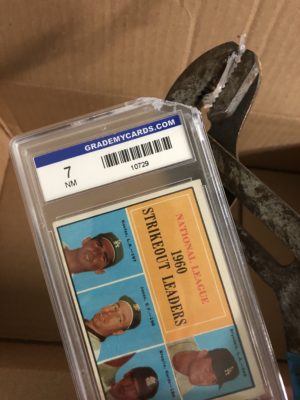
Now that you’ve cracked off a corner, the next step is to put your flathead screwdriver in the opening and push it into the area where the flip is being held.
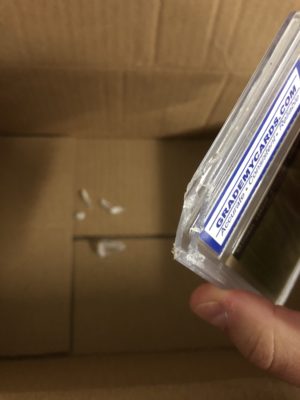
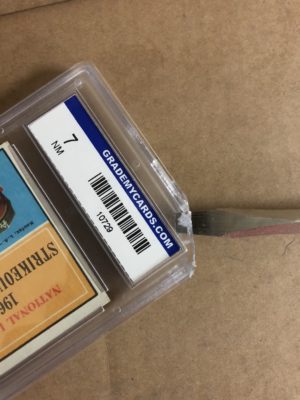
Push down lightly, and the case will start to crack open. Lightly is the key word, as sometimes cases (especially from non-brand-name companies like this) will break in the middle, and you don’t want it bending your card.
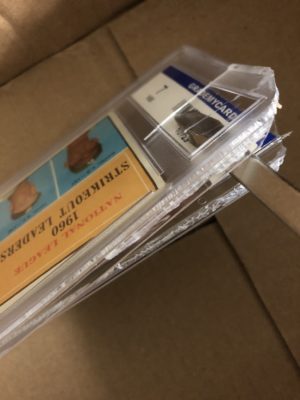
In this case, you can see that’s exactly what happened. At this point, I drop the screwdriver and use my hands to do the rest, since I trust my dexterity not to damage the card.
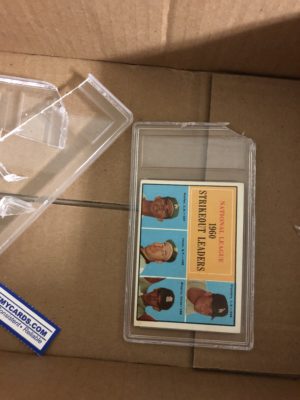
And voila! The card is free of its plastic prison. Notice all the shrapnel is in the box, making cleanup nice and easy.
I once told someone of this method, and he seemed to think it would be more difficult with BGS and BVG slabs, because their plastic is thicker. But amazingly, I actually find it easier with them. Something about their slabs generally causes them to pop off in two pieces, front and back.
To demonstrate, I used this 1956 Topps Bob Feller BVG 2 card that I preferred raw.
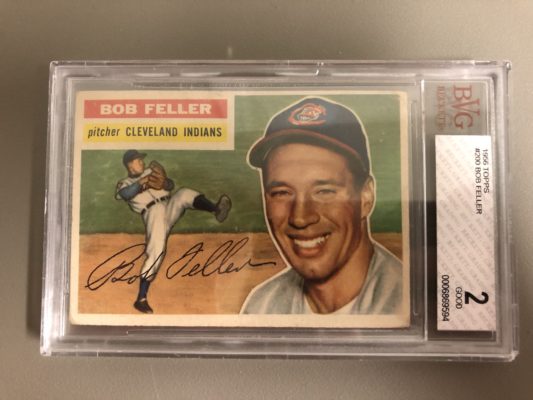
Same process — start by taking a chunk of corner off.
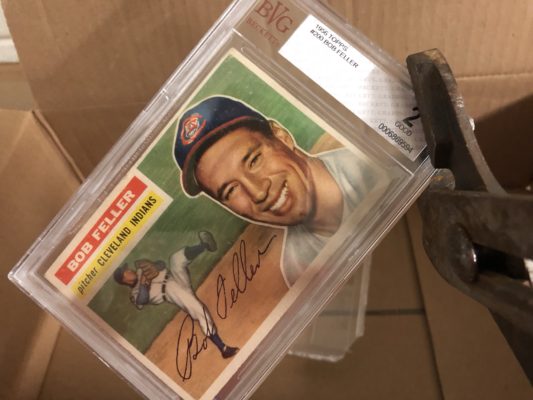
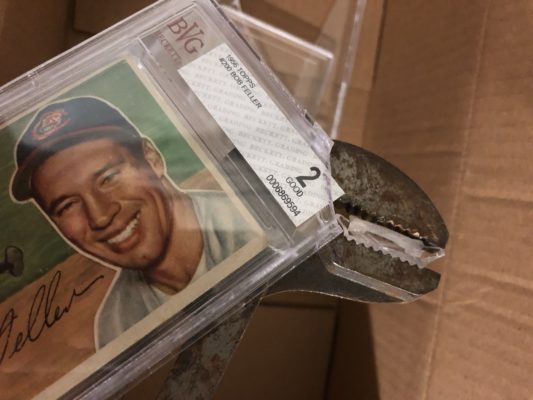
Then use your screwdriver to lightly push against the top piece of the case.
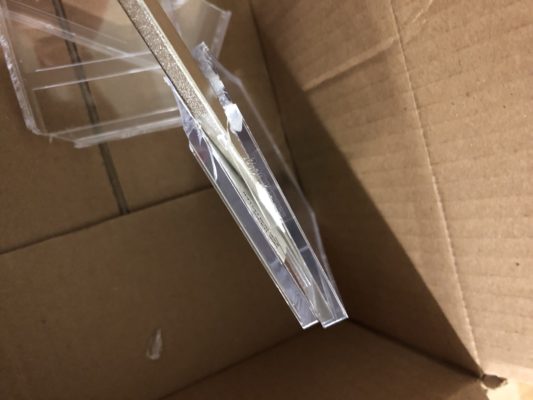
You can see almost instantly that the two halves are coming apart. I use my hands to separate the two halves, and the card pops out safe and sound.
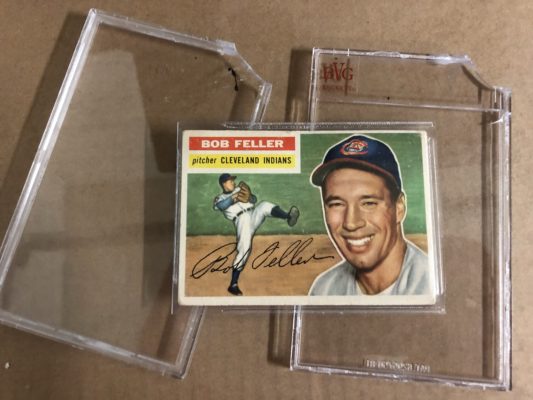
With PSA and Beckett graded cards, the cards are usually in a protective plastic sleeve as well. You can leave it in, or use scissors to cut along an edge, then slide the card out.
Using this method takes less than a minute, and gives you the raw cards you desire without damaging the card or causing a mess.




